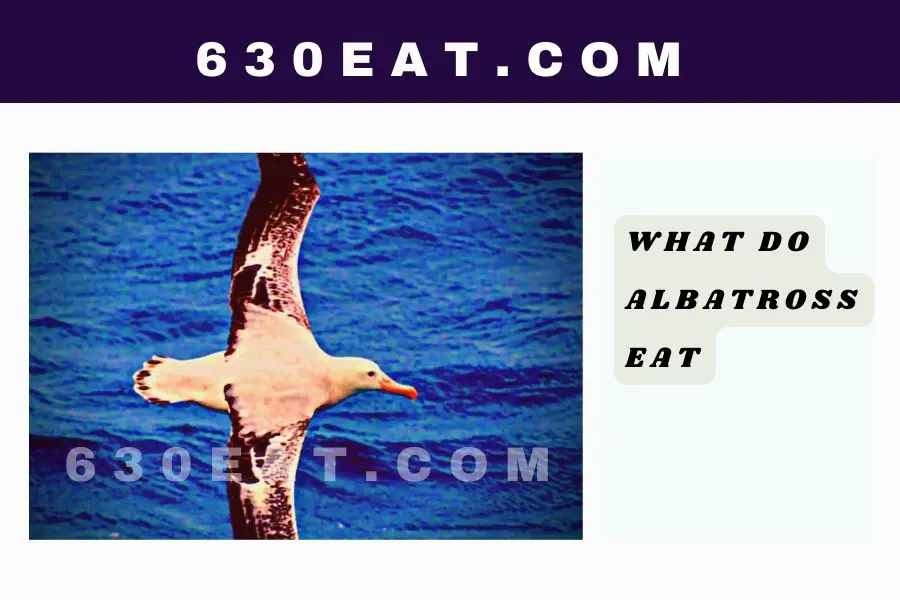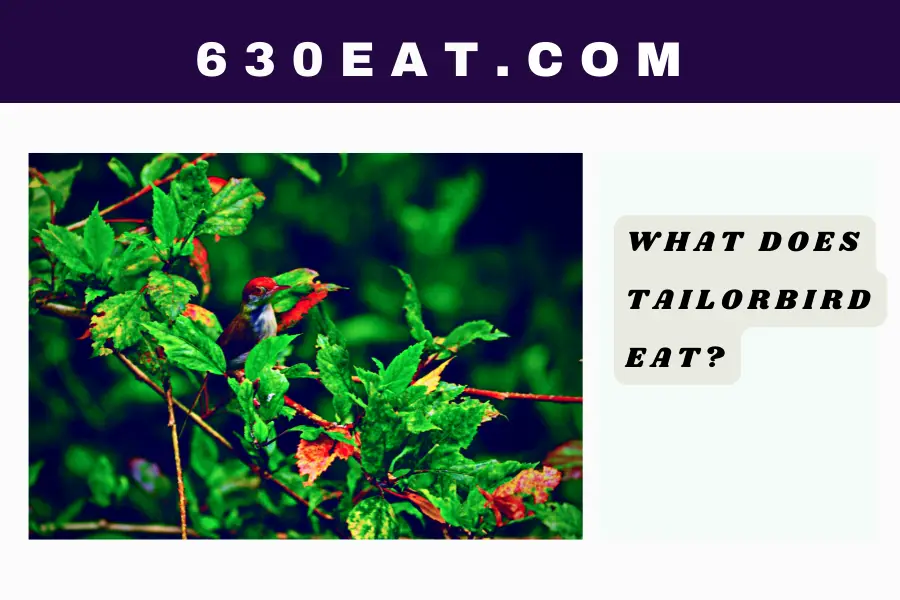Albatross eat a variety of different things, but they also have some very specific dietary needs. This article will look at what do albatross eat, what’s important in their diet and some interesting facts about these giant birds that live on the oceans.
What do albatross eat?
The albatross is a seabird that is well-known for its long wingspan, which can reach up to 11 feet. These birds are very skilled flyers and can travel great distances, which is why they are often seen in the open ocean. Albatrosses primarily eat fish, but they will also consume squid, crustaceans, and other marine animals.
When hunting for food, albatrosses will use their beaks to pluck prey from the water or snatch it from the air. They have been known to follow fishing boats and feed on the scraps that are left behind. Albatrosses have strong stomach acids that allow them to digest their food quickly.
While the albatross diet consists mostly of seafood, they will also eat garbage and carrion if it is available. This scavenging behavior helps to keep our oceans clean by removing debris and waste.
What do baby albatross eat
Most baby albatrosses are born weighing between 3 and 4 pounds. Their diet consists mainly of their mother’s regurgitated food, which includes a mix of fish, squid, crustaceans, and carrion. As they grow older and larger, they begin to supplement their diet with solid food items such as berries, leaves, flowers, and insects. By the time they reach adulthood, their diet is composed mostly of solid food items with only occasional regurgitated meals from their parents.
Start by discussing the albatross diet
When it comes to the albatross diet, there are a few key things to keep in mind. First, these birds are highly opportunistic feeders, meaning that they will take advantage of whatever food source is available to them. This can include anything from small fish and squid to larger prey items like penguins and seals.
One of the most interesting things about the albatross diet is that they have been known to eat carrion (dead animals). While this might not sound appetizing to us, it is an important part of their diet as it provides them with essential nutrients that help them survive in harsh conditions.
Finally, it is worth noting that the albatross diet can vary significantly depending on where in the world they are located. For example, birds in the Southern Hemisphere tend to eat more squid than those in the north. This is likely due to the different availability of prey items in different parts of the world.
Albatrosses are scavengers and eat mostly carrion
Most albatrosses are scavengers and eat mostly carrion. They will also eat small fish, squid, and crustaceans. Their diet is dictated by what is available. On land, they will eat insects and other invertebrates.
Their diet depends on what is available in their environment
The diet of an albatross depends on what is available in their environment. They have been known to eat a variety of fish, squid, and crustaceans. Their diet also includes carrion, which they will scavenge from carcasses of dead animals.
They have been known to eat garbage and other human-related items
These interesting creatures have been known to snack on all sorts of garbage, from cigarette butts to bottle caps. While this might not sound like the most appetizing diet, it actually provides them with essential nutrients that they wouldn’t otherwise get from their regular diet of fish and squid.
Some researchers believe that this garbage-eating behavior is a result of the albatross’ natural curiosity, as they are constantly exploring their surroundings for new food sources. Others think that it could be a way for the birds to supplement their diet when food is scarce. Whatever the reason, it’s clear that albatrosses are not picky eaters.
Discuss the impact of climate change on the albatross diet
In recent years, climate change has had a significant impact on the diet of albatrosses. As the Earth’s temperature continues to rise, the ocean’s waters are becoming warmer and more acidic. This is causing drastic changes in the marine ecosystem, which is having a ripple effect on the food chain.
As a result of these changes, albatrosses are finding it harder to find food. Their main source of food is krill, which are small shrimp-like creatures that live in cold, deep waters. However, as the ocean warms, krill are migrating to shallower waters where they are being preyed upon by new predators such as seals and penguins. This means that there is less food available for albatrosses, who are struggling to adapt to these new conditions.
The impact of climate change on the albatross diet is just one example of how this global phenomenon is affecting wildlife all over the world. As temperatures continue to rise and ecosystems continue to change, it is likely that we will see more and more animals struggling to find food and survive.
As the oceans warm, their food sources are changing and becoming less plentiful
As the oceans warm, their food sources are changing and becoming less plentiful. This is especially true for albatrosses, which rely on cold water krill and fish for food. As the ocean warms, these creatures are forced to migrate to cooler waters, which are often farther from shore. This puts them at a disadvantage when it comes to finding food, as they must travel farther to reach productive fishing grounds. Additionally, warmer waters contain less oxygen, making it difficult for albatrosses to breathe and requiring them to use more energy to find food. The lack of food can lead to malnutrition and even death.
This is having a negative impact on albatross populations around the world
Albatross populations are in decline around the world, and this is having a negative impact on the species. Albatross are highly dependent on the health of the oceans for their food, and as the oceans become more polluted and overfished, albatross populations are struggling to survive.
In particular, albatross are suffering from the effects of plastic pollution in the oceans. Plastic pollution can entangle and kill albatross, as well as polluting their food sources. Albatross often mistake plastics for food, which can lead to them being malnourished or even starving to death.
The decline in albatross populations is a major conservation concern, and efforts are underway to try to protect these iconic birds. However, without a reduction in plastic pollution and overfishing, it is unlikely that albatross populations will recover.
How does the largest wingspan help an albatross with flying and catching food?
The largest wingspan of any bird helps an albatross with flying and catching food. Their wings can span up to eleven feet and help them glide for long periods of time. This allows them to travel great distances and cover a lot of ground when searching for food. Additionally, their large wingspan gives them more power and control when flying, which comes in handy when catching prey.
Conclude with a call to action for people to help protect these iconic birds
It is important to protect albatross populations because they play a vital role in the marine ecosystem. These birds help to keep the ocean clean by eating large amounts of fish and squid. Albatross also play a role in dispersing seeds and nutrients around the world.
There are many ways that people can help protect these iconic birds. One way is to support organizations that are working to conserve albatross populations. Another way is to reduce or eliminate your own consumption of seafood, which can help reduce the demand for this industry and lessen the impact on albatross populations. You can also spread awareness about the importance of protecting these birds and their habitat. Every little bit helps when it comes to conserving these majestic creatures.
FAQs
Do albatross eat penguins?
No, albatross do not primarily eat penguins, but they do occasionally scavenge penguin and seal carrion. Their main sources of food are fish, squid, cephalopods, and jellyfish.
Can You Eat Albatross?
Yes, you can eat albatross, but it is not recommended or legal in most cases.
What Does an Albatross Eat?
The diet of an albatross can vary depending on the species and the location. However, most albatross species feed on a combination of squid, fish, and crustaceans. Some species will also eat other birds or scavenge for food, but this is less common.




